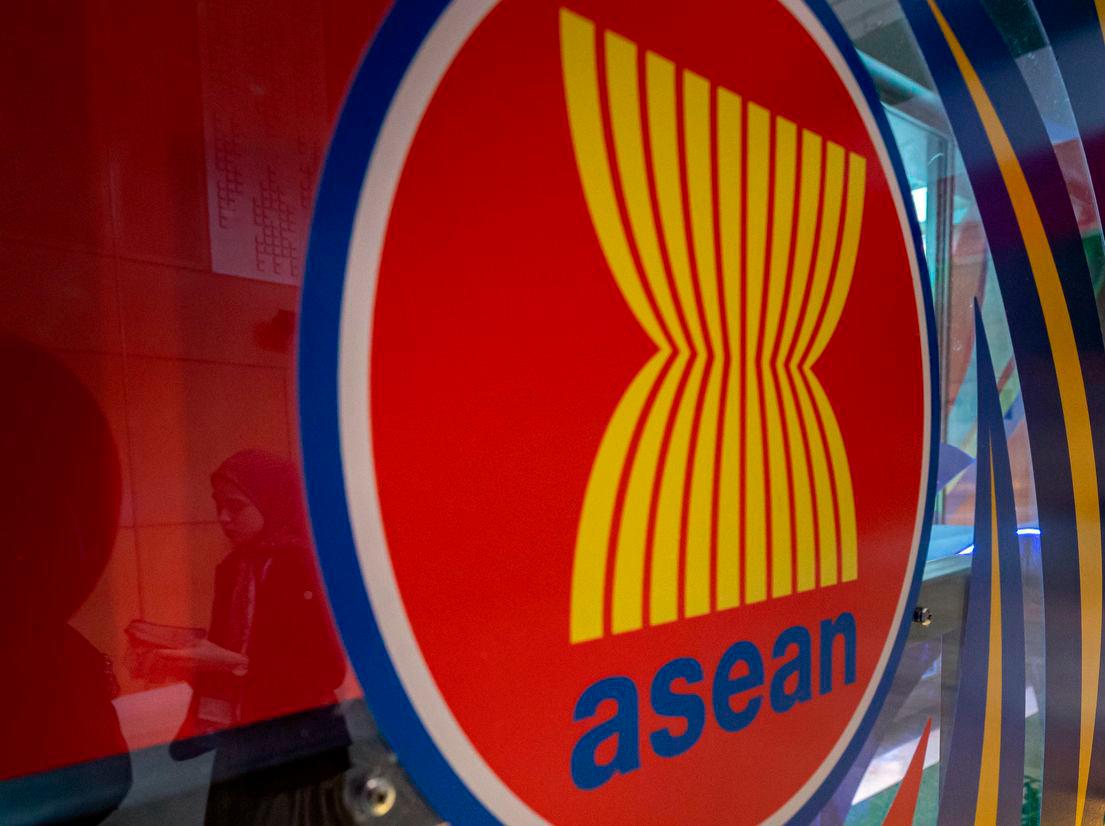KUALA LUMPUR: The continuous solidarity among ASEAN members is both exemplary and the strongest point in moving the region’s economic agenda further forward in mapping out the ASEAN Economic Community (AEC) Strategic Plan 2026-2030, more so amid rising protectionism and current challenges to the world trading order.
Satvinder Singh, ASEAN Deputy Secretary-General for AEC, said regional solidarity was clearly evident in their discussions on economic plans at the secretariat.
“The solidarity to move the economic agenda forward is unbelievable (which is why) we are progressing massively in the AEC outcomes,” he said at a pre-event briefing on the AEC Strategic Plan 2026-2030 recently.
According to Satvinder, ASEAN’s solidarity is all the more timely as it navigates a dynamic global environment dictated by geopolitical and demographic shifts, technological advancements and urgent calls for sustainability.
The plan launched today is a comprehensive roadmap incorporating six strategic goals, 44 objectives and 192 strategic measures. It forms part of the overall ASEAN Community Vision 2045 (ACV 2045), which was adopted by the ASEAN Leaders at the 46th ASEAN Summit today.
Asked how progress of the strategic plan would be monitored, he said scorecards and quarterly reporting will be among methods used by the ASEAN Secretariat based in Jakarta to monitor the progress of member states and ensure the smooth implementation of initiatives.
More importantly than implementation are the outcomes of AEC initiatives and thereafter the highest level being impact evaluations, he said.
There would be comparisons between member countries in measuring the extent of their implementation – countries that have done so and those which have not.
“We have a scorecard that will be reported during meetings so that the relevant countries would know what to do, but it’s all still internal,“ he said.
The five-year economic blueprint charts ASEAN’s aspiration of becoming the world’s fourth-largest economy from fifth currently, while setting the direction for regional integration, competitiveness and resilience at a time that foretells significant global changes.
It builds on the AEC Blueprint 2025 and responds to long-term trends such as digitalisation, climate change, shifting trade dynamics and demographic transitions.
The plan is one of four strategic plans under the broader ACV 2045.









